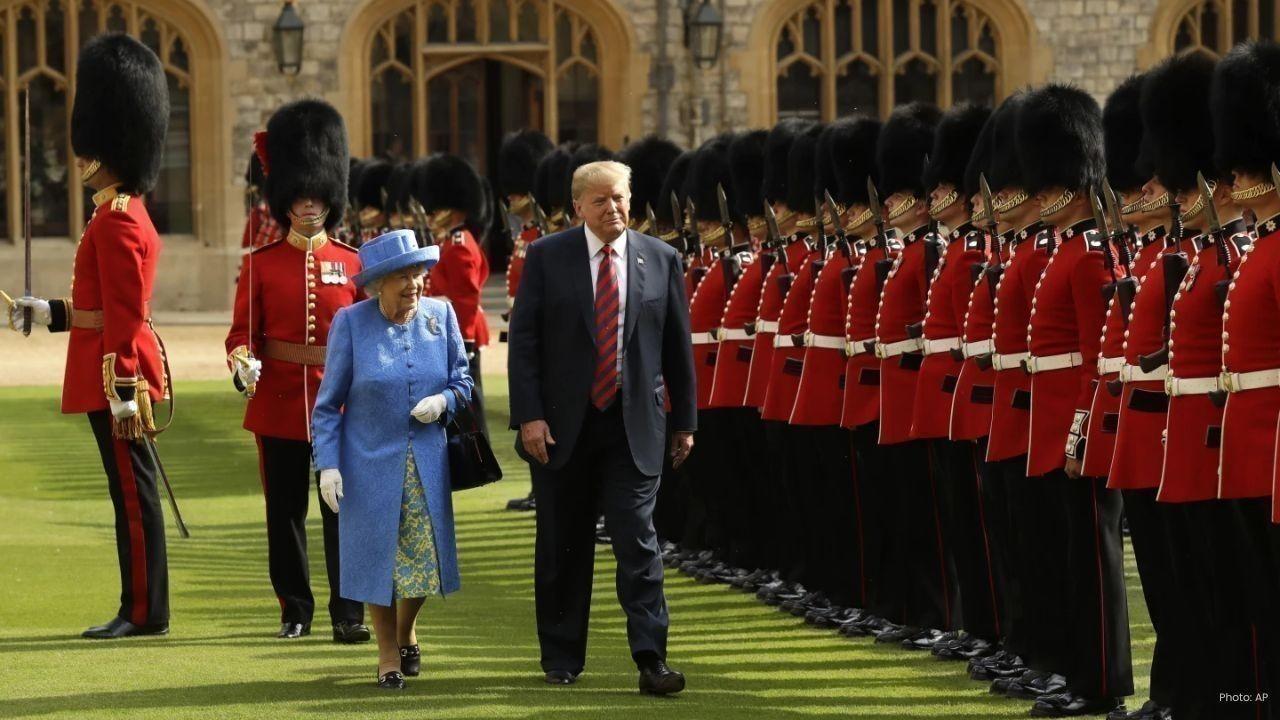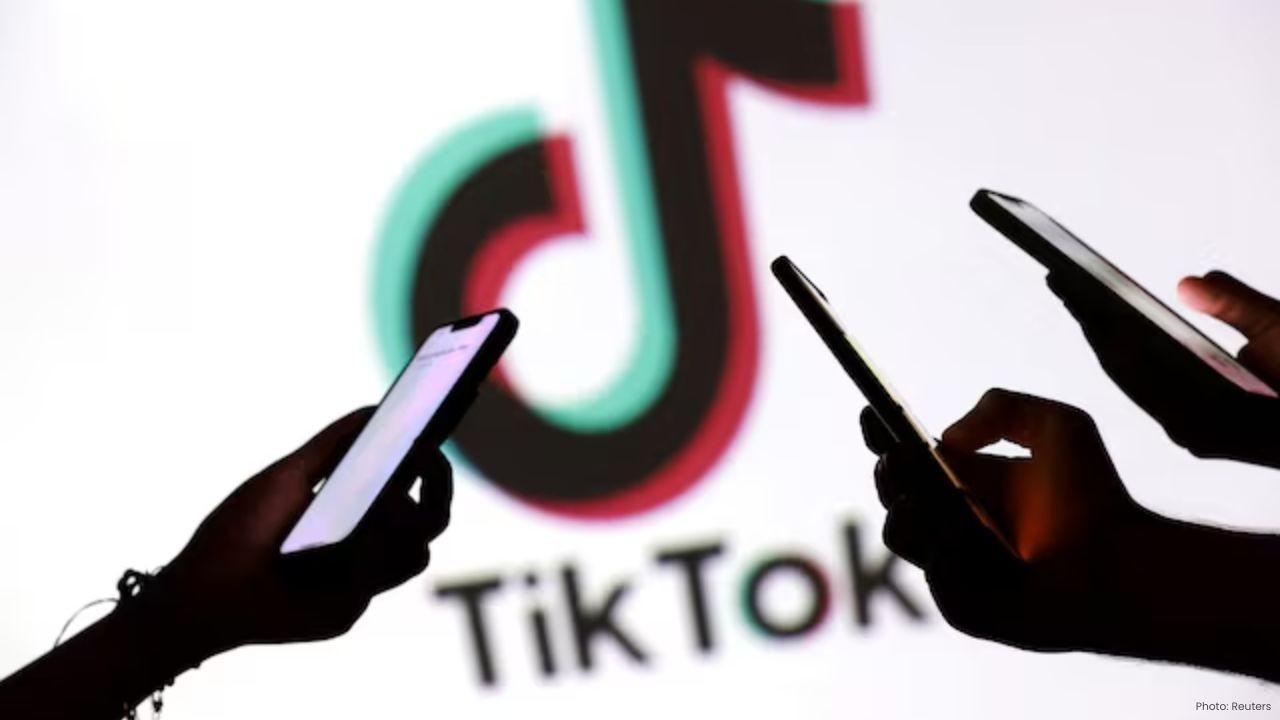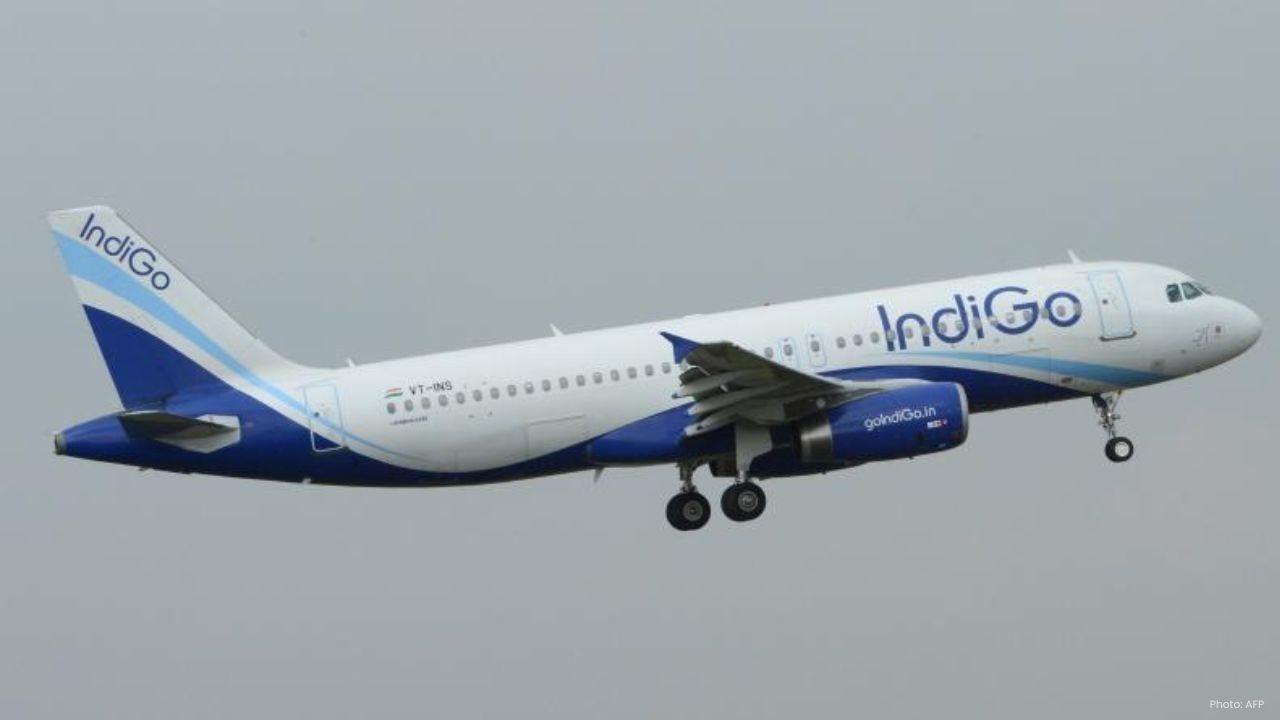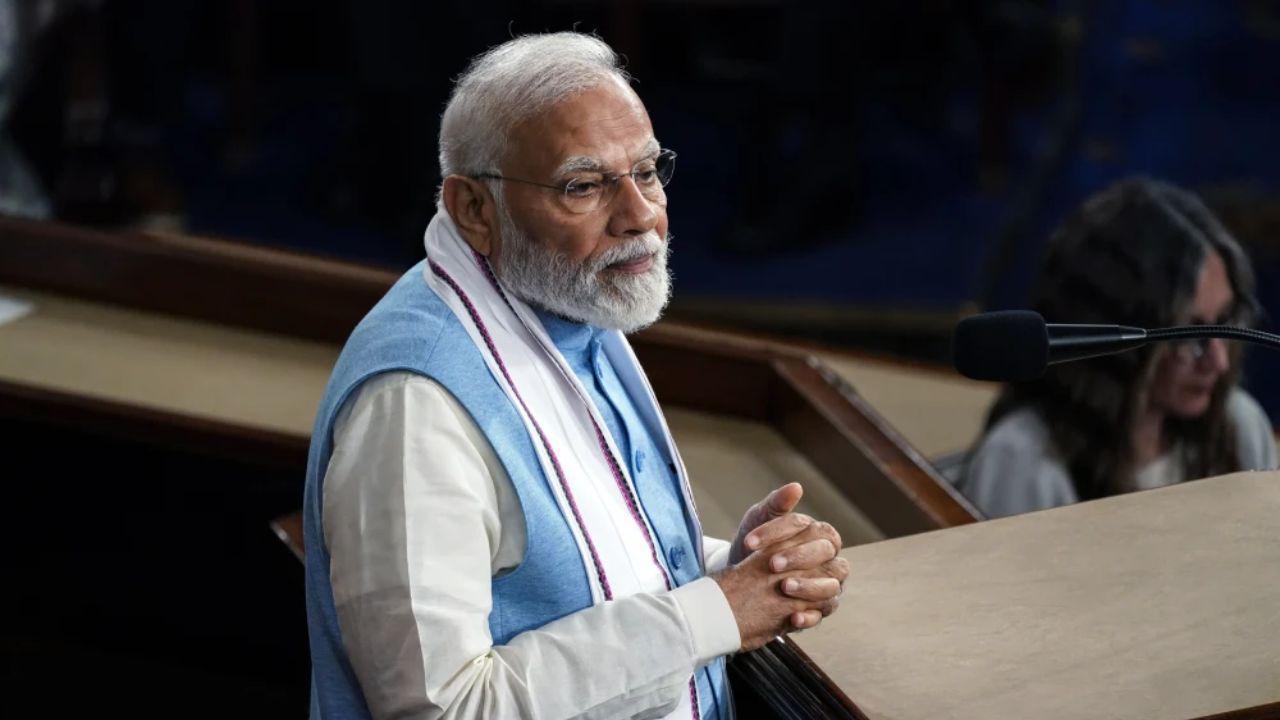
Join 10k+ people to get notified about new posts, news and tips.
Do not worry we don't spam!

Post by : Anish
In a world where cities are growing louder by the day—with traffic, construction, sirens, and even the constant hum of crowded spaces—many people are turning to a rather surprising solution to find peace: noise-canceling headphones. Once seen as a luxury for audiophiles or frequent fliers, these headphones have now evolved into an everyday mental health tool. More than just silencing the world around you, they create a private sanctuary in the midst of chaos—offering calm, comfort, and even clarity.
This transformation isn’t just anecdotal. Mental health experts, tech reviewers, and users alike are beginning to realize the subtle therapeutic power of wearing noise-canceling headphones—not for music, but for peace of mind. In a digital age filled with overstimulation, they're quickly becoming an essential wellness device for urban dwellers.
Cities have always been noisy, but today’s soundscapes are particularly intense. Car horns, construction machinery, subway screeches, airplane flyovers, loud conversations—urban environments can be relentlessly loud for nearly 16–18 hours a day. According to the World Health Organization, exposure to noise levels above 55 decibels over long periods can cause stress, sleep disturbances, and even heart disease.
In Asia's fast-expanding metropolises like Jakarta, Manila, Bangkok, or Kuala Lumpur, this issue is especially prominent. Add in rising population densities and crammed public transportation systems, and you get an ecosystem that rarely pauses for silence. People are tired. They’re burned out. And they’re searching for silence—not just figuratively, but literally.
That’s where noise-canceling headphones step in—not as a gadget, but as a defense mechanism.
At its core, noise-canceling tech uses tiny built-in microphones to pick up external sounds. These sounds are then countered by producing frequencies that effectively “cancel out” the noise. It’s called “active noise cancellation” (ANC), and it’s especially effective with low-frequency sounds like engines, rumbling trains, or general urban background noise.
The result? You’re not just hearing less—you’re literally hearing nothing. It’s an artificially crafted pocket of silence that, for many, feels like a moment of escape.
Some advanced models even allow the user to control the level of noise they let in—known as “transparency mode”—so they don’t completely tune out necessary sounds like announcements or conversations. This customization makes noise-canceling headphones both a comfort tool and a practical urban necessity.
Mental health advocates are now recommending noise-canceling headphones not just for better focus or travel comfort, but for emotional well-being. Here’s why:
Instant Decompression: Slipping them on can feel like switching off the world. Even without playing music, the silence helps regulate stress hormones.
Focus & Clarity: In noisy environments like co-working spaces or cafés, ANC helps users regain concentration and mental space.
Sleep Aid: For light sleepers in cities or shared accommodations, ANC headphones paired with calming audio have become a lifesaver.
Sensory Relief: Individuals with ADHD, autism, or anxiety disorders often report a calming effect from using these devices in overstimulating settings.
These therapeutic benefits are so impactful that some therapists now recommend them as part of digital wellness or sensory regulation plans—alongside meditation and nature therapy.
Another interesting urban trend is the rise of “silent commuting.” On trains, buses, and subways, more and more individuals are opting to wear noise-canceling headphones not just to listen to music or podcasts—but to listen to nothing at all. This form of digital cocooning helps users mentally recharge before or after work, especially in crowded cities where physical personal space is limited.
For many, this creates a kind of mental boundary between the chaos of public spaces and the sanctuary of self—helping improve mood, patience, and overall emotional resilience throughout the day.
Post-pandemic, remote work became the norm. But with it came a new kind of audio fatigue. Background noise from neighbors, family, or city streets made it difficult for workers to focus or conduct meetings professionally. Enter: noise-canceling headphones.
Now, professionals swear by them not just for Zoom meetings, but to build their own bubble of deep work—reducing interruptions, noise fatigue, and the drain of multitasking in shared environments. As hybrid work continues, ANC headphones are evolving into tools of workplace productivity and mental wellness.
Interestingly, the most common thing users listen to on these headphones isn’t loud music. It’s:
White noise
Nature sounds
Guided meditations
Ambient tones
Silence
This indicates a shift in how we use audio tech—not to entertain, but to restore. Whether it's a rainstorm, forest birds, or simply pink noise, people are actively designing their own acoustic environments to help them function better emotionally and cognitively.
Southeast Asia’s younger population—especially Gen Z and millennials—are leading the charge. In countries like Singapore, Malaysia, and Thailand, social media trends show influencers showcasing “quiet coffee shop days” and “silent walks” while wearing high-end ANC headphones from Sony, Bose, Apple, and JBL.
There’s even a new wave of minimalist lifestyle creators promoting “digital silence hours” where they use these headphones for non-listening purposes—to simply disconnect and breathe.
Noise-canceling headphones have quietly become a status symbol, not just of affluence, but of self-care. And in a region that often prioritizes community and social interaction, this private moment of silence is starting to be seen not as isolation—but as emotional preservation.
Of course, not everything about ANC is perfect. Overuse may make some people overly sensitive to normal background noise. Others may find it socially disconnecting. And for those in environments where alertness is critical (like walking on busy streets), complete noise cancellation can even be dangerous if not used properly.
But with responsible use, most experts agree the benefits outweigh the concerns. As tech continues to evolve, future ANC devices are likely to be even more personalized, smart, and wellness-oriented.
Ultimately, the rise of noise-canceling headphones is about more than technology. It reflects a global shift toward mental self-care, personal boundaries, and digital wellness. People are increasingly carving out moments of peace in the loudest places—not by escaping the city, but by curating silence inside it.
This silent revolution is helping individuals regain autonomy over their mental space. It's subtle. It’s quiet. But in today’s world, that silence speaks volumes.
This article is for informational purposes only and does not substitute professional medical or psychological advice. Readers experiencing chronic stress or mental health concerns should consult with certified professionals.
Noise-canceling headphones, urban stress, digital wellness










Lily Collins Shines in Glamorous Calvin Klein Look at New York Fashion Week
Lily Collins stuns at NY Fashion Week in a sparkling Calvin Klein co-ord set, blending elegance, gla

Lippo Di Carrara wins UAE President’s Cup Derby at Doncaster
Lippo De Carrere shines at Doncaster, winning the UAE President’s Cup UK Arabian Derby, the richest

Jaismine Lamboria Wins World Boxing Gold for India
India’s Jaismine Lamboria claimed World Boxing gold, while Nupur Sheoran earned silver and Pooja Ran

Sri Lanka beat Bangladesh by 6 wickets in Asia Cup 2025 opener
Sri Lanka started their Asia Cup 2025 campaign with a six-wicket win over Bangladesh, powered by Nis

PM Modi Lays ₹6,300 Crore Projects in Assam Criticizes Congress
PM Modi accuses Congress of backing infiltrators, lays ₹6,300 crore health and infrastructure projec

Sushila Karki Becomes Nepal’s First Woman Prime Minister
Eminent jurist Sushila Karki, 73, becomes Nepal’s first woman prime minister after Gen Z protests to